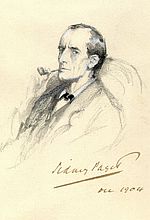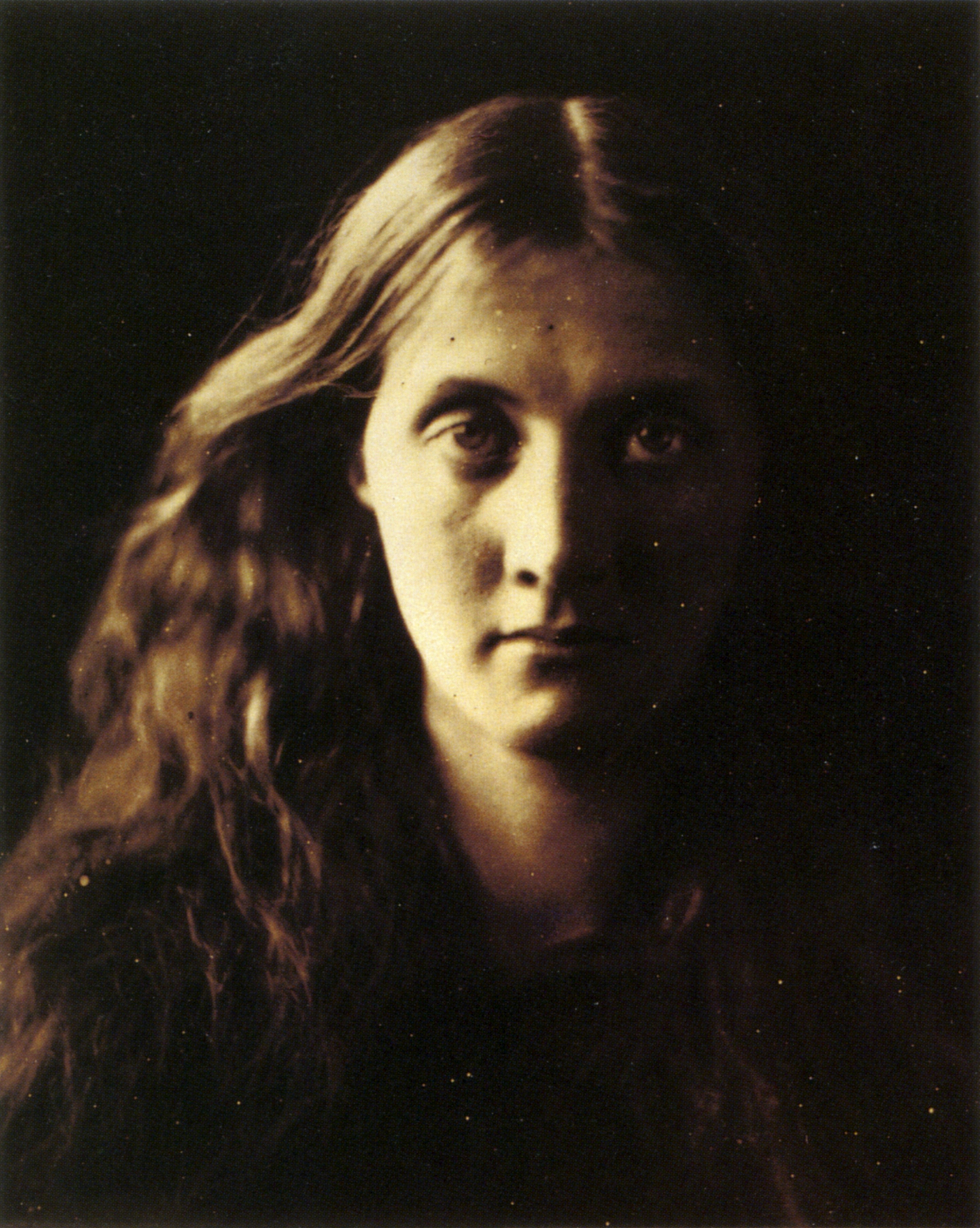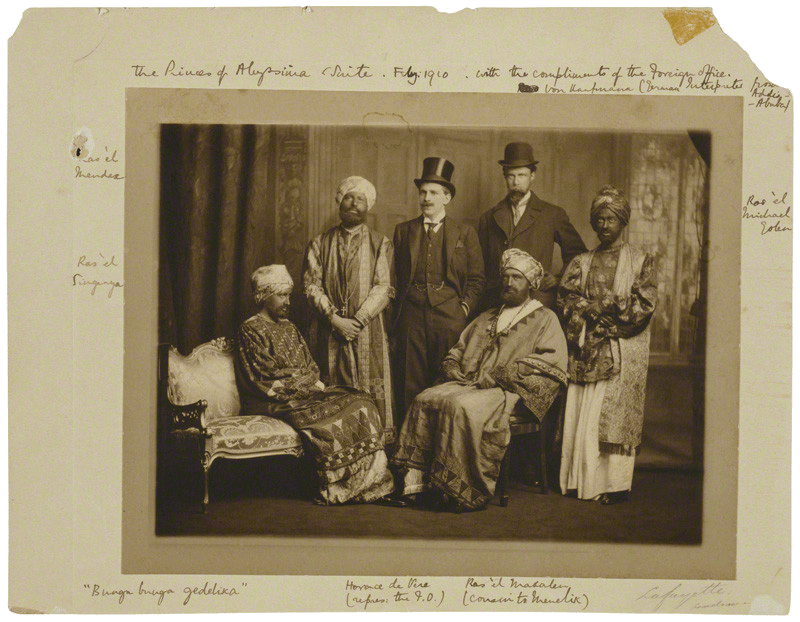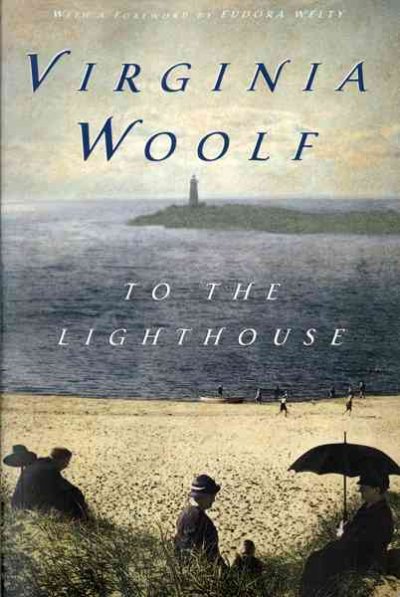This week, our friends at the Swampscott Library announced that they are launching a book group for adults fans of YA books. This is such exciting news, not only because it’s always fun to meet other reads who share your bookish passions. It’s also important to help remind readers that anyone can read any books that they enjoy, regardless of where they are shelved in the Library. Here’s the announcement from Swampscott (click on the announcement to read a larger version):
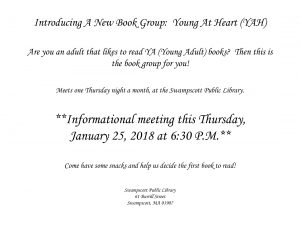
Looking for some books to suggest at the meeting? Or looking to start exploring YA books for yourself? You can start by checking out the stellar suggestions from the devoted staff of our Teen Room, as well as some the sensational books below:
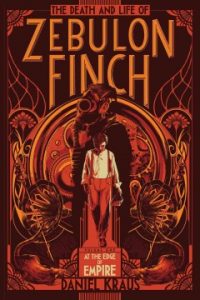 The Death and Life of Zebulon Finch: Zombies? Check. Historical fiction? Check. Rollicking adventure? Check. Thoughtful consideration about what actually makes us human? Surprisingly enough…check. Daniel Kraus’ 2-part saga stars Zebulon Finch, who is gunned down by the shores of Lake Michigan–and suddenly reanimated into his wild and raucous second life. Zebulon’s new existence begins as a sideshow attraction in a traveling medicine show. From there he will be poked and prodded by a scientist obsessed with mastering the secrets of death. He will fight in the trenches of World War I. He will run from his nightmares—and from poverty—in Depression-era New York City. And he will become the companion of the most beautiful woman in Hollywood. This is a phenomenally ambitious novel that takes all the elements of the “great American saga”, and injects them with…well….zombies…as well as humor, heart, and plenty of kick-ass action.
The Death and Life of Zebulon Finch: Zombies? Check. Historical fiction? Check. Rollicking adventure? Check. Thoughtful consideration about what actually makes us human? Surprisingly enough…check. Daniel Kraus’ 2-part saga stars Zebulon Finch, who is gunned down by the shores of Lake Michigan–and suddenly reanimated into his wild and raucous second life. Zebulon’s new existence begins as a sideshow attraction in a traveling medicine show. From there he will be poked and prodded by a scientist obsessed with mastering the secrets of death. He will fight in the trenches of World War I. He will run from his nightmares—and from poverty—in Depression-era New York City. And he will become the companion of the most beautiful woman in Hollywood. This is a phenomenally ambitious novel that takes all the elements of the “great American saga”, and injects them with…well….zombies…as well as humor, heart, and plenty of kick-ass action.
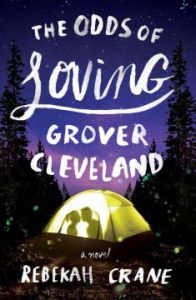 The Odds of Loving Grover Cleveland: It’s hard to explain how a novel about grief, mental illness, psychological conditions, and acute loneliness can be both funny and charming, but Rebekah Crane pulls it off beautifully in this one. Sixteen-year-old Zander Osborne has been sent against her will to Camp Padua, a summer camp for at-risk teens. Zander is convinced that she doesn’t, and will never, fit in here; not with her cabin mate Cassie, a self-described manic-depressive-bipolar-anorexic. Not with Grover Cleveland (yes, like the president), a cute but confrontational boy who expects to be schizophrenic someday, and not with Bek, a charmingly confounding pathological liar. But slowly, as the summer wears on, Zander finds herself at home within this group, and falling just a little bit for Grover. Is it possible she could actually be happy? What does happy even look like? And what will it require of her? If you’re looking for a book that tackles the tough stuff with humor, and has the courage to make the most difficult characters lovable, then this is a read you shouldn’t overlook.
The Odds of Loving Grover Cleveland: It’s hard to explain how a novel about grief, mental illness, psychological conditions, and acute loneliness can be both funny and charming, but Rebekah Crane pulls it off beautifully in this one. Sixteen-year-old Zander Osborne has been sent against her will to Camp Padua, a summer camp for at-risk teens. Zander is convinced that she doesn’t, and will never, fit in here; not with her cabin mate Cassie, a self-described manic-depressive-bipolar-anorexic. Not with Grover Cleveland (yes, like the president), a cute but confrontational boy who expects to be schizophrenic someday, and not with Bek, a charmingly confounding pathological liar. But slowly, as the summer wears on, Zander finds herself at home within this group, and falling just a little bit for Grover. Is it possible she could actually be happy? What does happy even look like? And what will it require of her? If you’re looking for a book that tackles the tough stuff with humor, and has the courage to make the most difficult characters lovable, then this is a read you shouldn’t overlook.
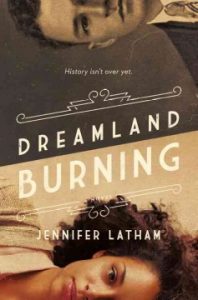 Dreamland Burning: One part murder mystery, one part social commentary, and all together compelling, Jennifer Latham pulls off a dual-narrative book that is well-balanced and truly powerful. When seventeen-year-old Rowan Chase finds a skeleton on her family’s property, she has no idea that investigating the brutal century-old murder will lead to a summer of painful discoveries about the present and the past. Almost a century before, a misguided violent encounter propels seventeen-year-old Will Tillman into a racial firestorm. In a country rife with violence against blacks and a hometown segregated by Jim Crow, Will must make hard choices on a painful journey towards self discovery and face his inner demons in order to do what’s right the night Tulsa burns. Latham brings the horror, the hatred, and the inescapable reality of the 1921 Tulsa Race Riot to vibrant and violent life in this book, making a commentary that is as timely as her book is spellbinding. Readers who enjoyed the historic elements of Dennis Lehane’s The Given Day will love this story, which partly set during the same time period.
Dreamland Burning: One part murder mystery, one part social commentary, and all together compelling, Jennifer Latham pulls off a dual-narrative book that is well-balanced and truly powerful. When seventeen-year-old Rowan Chase finds a skeleton on her family’s property, she has no idea that investigating the brutal century-old murder will lead to a summer of painful discoveries about the present and the past. Almost a century before, a misguided violent encounter propels seventeen-year-old Will Tillman into a racial firestorm. In a country rife with violence against blacks and a hometown segregated by Jim Crow, Will must make hard choices on a painful journey towards self discovery and face his inner demons in order to do what’s right the night Tulsa burns. Latham brings the horror, the hatred, and the inescapable reality of the 1921 Tulsa Race Riot to vibrant and violent life in this book, making a commentary that is as timely as her book is spellbinding. Readers who enjoyed the historic elements of Dennis Lehane’s The Given Day will love this story, which partly set during the same time period.


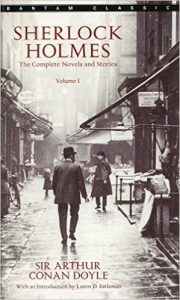 I found my first
I found my first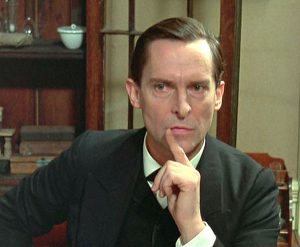
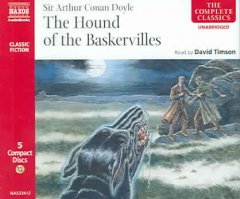 I did my junior semester abroad in London, and trust me when I tell you I was living in the creepiest, most unsanitary, and poorly insulated dorm room you can imagine, with some of the least personable people this side of a sitcom. But I had Holmes. And I had
I did my junior semester abroad in London, and trust me when I tell you I was living in the creepiest, most unsanitary, and poorly insulated dorm room you can imagine, with some of the least personable people this side of a sitcom. But I had Holmes. And I had 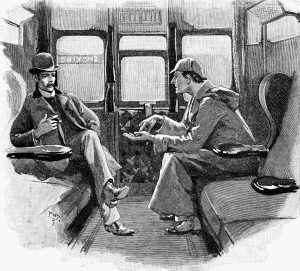 In grad school, I became slightly notorious for bringing Sherlock Holmes into every class I took. Because to know Sherlock Holmes means to understand the tensions within the British Empire. It means understanding a bit about the Victorian legal system, about social customs and attitudes, and about gender relations. It also means understanding the impact of railways and travel on the average person in history. And I made my students read a few Holmes stories for themselves, because they are more fun than a textbook, and more enlightening than my lectures in many respects. In every case, Holmes was a kind of security blanket for me, easing me into a new, and potentially scary situation by being that familiar, that constant friend, that fixed point in a changing age.
In grad school, I became slightly notorious for bringing Sherlock Holmes into every class I took. Because to know Sherlock Holmes means to understand the tensions within the British Empire. It means understanding a bit about the Victorian legal system, about social customs and attitudes, and about gender relations. It also means understanding the impact of railways and travel on the average person in history. And I made my students read a few Holmes stories for themselves, because they are more fun than a textbook, and more enlightening than my lectures in many respects. In every case, Holmes was a kind of security blanket for me, easing me into a new, and potentially scary situation by being that familiar, that constant friend, that fixed point in a changing age.